What Are Geotextile Membranes?
Geotextile membranes are a type of fabric that can be installed into the ground to form a protective barrier. They serve various purposes and provide numerous benefits, ranging from landscaping to construction projects. Typically, they are found in drainage and engineering tasks. You might also hear them referred to as “Terram,†a brand specializing in geotextile membranes, much like how some people call vacuum cleaners “hoovers.â€
Â
Different Uses for Geotextile Membranes
Drainage Geotextile Membranes
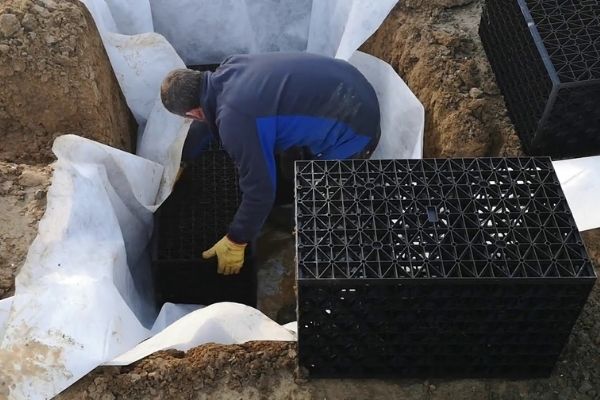
The most common application of geotextile membranes is in drainage projects, such as land drains and soakaways. These membranes can line the holes of land drains or soakaway pits before installing the soakaway crates, preventing debris from entering and clogging the system, which could shorten its lifespan. They can also be wrapped around perforated underground drainage pipes and land drains, similar to French drains, to stop silt or debris from blocking the drainage system.
Filtering Debris From Drains
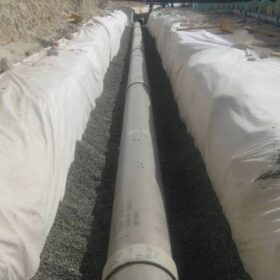
Geotextile membranes excel in separation and filtration mechanisms, stopping debris or large particles from entering the drain while still allowing water to flow through—this is crucial in preventing flooding issues. Permeable drainage geotextile membranes can also help sort particles due to their “needle-punched†structure, which creates tiny holes, allowing smaller particles to pass through while blocking larger ones. This can promote lateral drainage water and runoff by dissipating the kinetic energy when groundwater rises, redirecting it laterally instead of causing flooding.
Horse Arenas
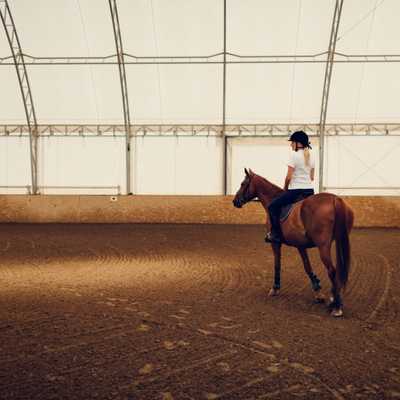
In horse arenas, a thicker, heavy-duty non-woven membrane is essential, usually with a minimum of 300 GSM, but 500 GSM is recommended. This is because these membranes endure heavy traffic. They are installed between the sand and the sub-layer to prevent the sand from mixing with the aggregate below.
Separating Types of Aggregates
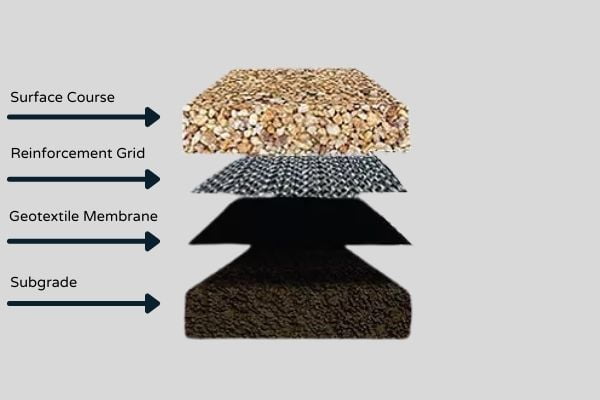
Geotextile membranes can be useful in separating two types of soil or aggregates that you wish to keep distinct, particularly when water is moving through them. Different soils may have varying consistencies, causing finer particles to wash away during rain, leading to uneven ground and even sinking as smaller particles settle between larger ones. This can also prevent loss of aggregates. Geotextile membranes can stop smaller particles from moving even during rainfall, avoiding the clogging of drainage channels within coarser soil. This reduces the risk of standing water and flooding after rain. Common examples include using them between sand and pebbles on gravel driveways to stop pebbles from disappearing into the sand or between Type 1 MOT and a sand layer to prevent the sand from seeping into the hardcore below.
Protecting Against Erosion
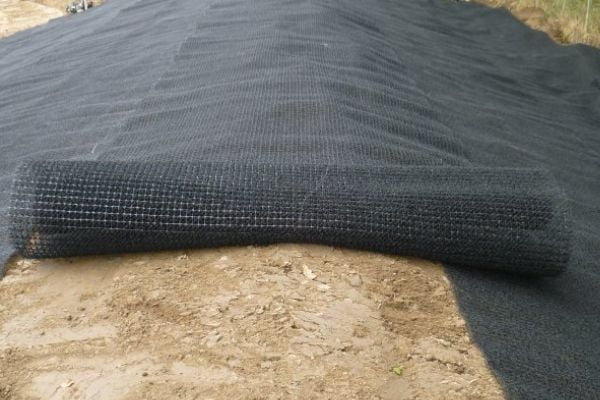
Geotextile membranes designed for erosion protection are often used in coastal areas between the beach and coastal defense projects to prevent erosion. The membrane must be strong enough to withstand coastal defenses but permeable enough to allow proper drainage. Specialist membranes are usually required for this purpose as they need to be extremely durable to avoid tearing from defense materials like gabions. They also need to be permeable enough to let sufficient water pass through for proper drainage.
Weed Membranes
Weed control fabrics are another type of geotextile membrane used to protect plants by allowing the desired plants to grow while inhibiting weeds. This removes competition between species for space and nutrients, ensuring the plants you want thrive without being deprived of resources by weeds. They can also act as barriers to contain harmful substances, such as at landfill sites, preventing contamination.
Reinforcement in Construction, Drainage and Engineering Projects
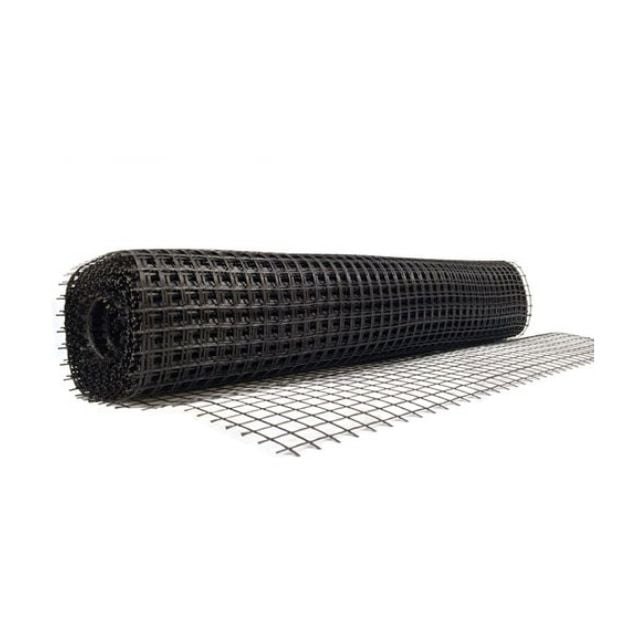
Finally, ground reinforcement membranes are often used in construction, drainage, and engineering projects. Woven geotextiles are great for ground stabilization and reinforcement due to their high strength. For instance, woven geotextiles are useful for reinforcing embankments and roads built on unstable soils, enabling steeper inclines and providing better ground stabilization. Cross-hatch geotextile membranes can hold layers of soil or ground in place and are especially helpful for maintaining the shape of ditches and drains. These are usually called biaxial geogrids, though triaxial geogrids are also available.
Types of Geotextile Membrane
There are different types of geotextile membranes, each suited to specific applications. They are typically categorized as either permeable or impermeable.
Permeable Geotextile Membranes
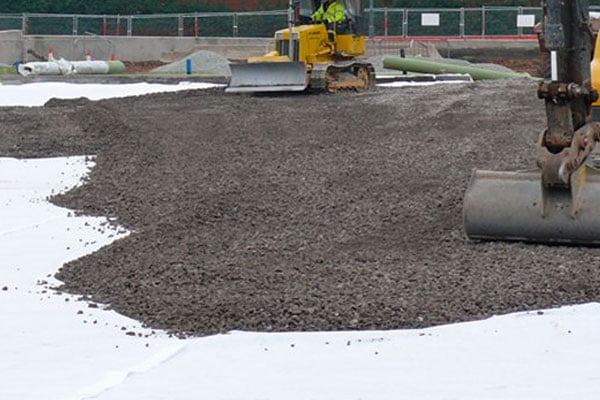
These membranes allow water to flow through tiny holes, and they come in both woven and non-woven varieties, each with unique advantages and disadvantages.
Woven permeable membranes are created by weaving individual strands into a single, unified membrane. Woven geotextile membranes aren't as porous, making them less effective in drainage systems. However, they have high load capacities and can be used in erosion control and reinforcement projects. They're also usually more affordable and perfect for use under patios or asphalt.
On the other hand, non-woven membranes are made by bonding synthetics and punching holes into the membrane, allowing for better drainage. Non-woven membranes are commonly used in French drains and soakaway crates. Non-woven membrane is often referred to as 'Terram' within the industry, though Terram is just a brand name, and many other brands are available.
Impermeable Geotextile Membranes
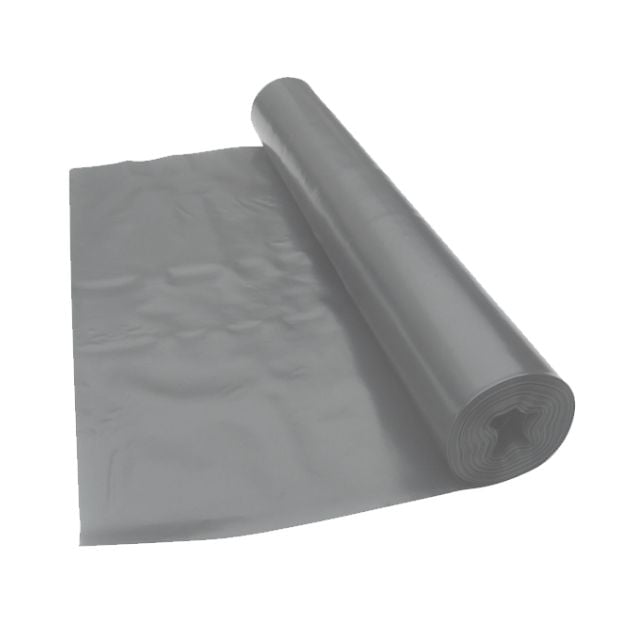
Impermeable membranes allow no water to pass through, making them an excellent choice for projects where you want to keep water in a specific place or prevent water from entering a certain area. Such as in attenuation tank systems.
How To Install A Geotextile Membrane
Installing geotextile membranes is a straightforward process involving only a few steps. Naturally, this process varies depending on your project. For more detailed tips on installation, check out our blog post titled “5 Tips for Laying Geotextile Membrane Flawlessly.â€
Author Bio
Nathan Wilde

Nathan has been in the drainage and plastics industry for over 12 years. Having worked for both builders' merchants and major manufacturers, Nathan has gained a significant amount of industry and product knowledge. Now at EasyMerchant, Nathan has dedicated himself to making tradespeople's lives easier.
Shop Geotextile Membranes:
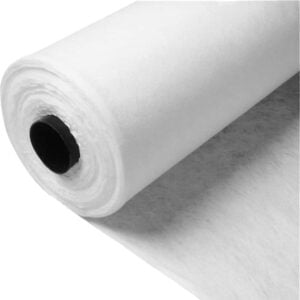
Terram T1000 Non Woven Geotextile Membrane – Custom Size

Black Woven Geotextile Membrane For Driveways etc – Custom Sizes
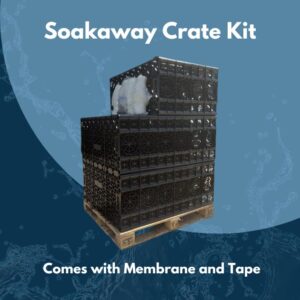
Soakaway Crate Kits Polystorm – Includes Geotextile and Tape!
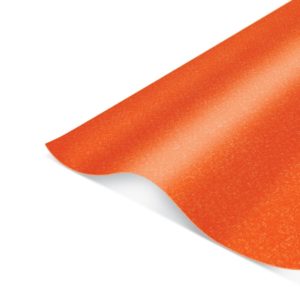
FasTrack 609 Hi-Vis Geotextile Membrane Orange – Custom Sizes
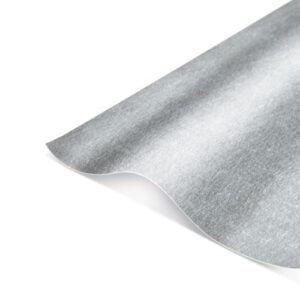
White Non Woven Drainage Membrane (200gsm) – Custom Sizes
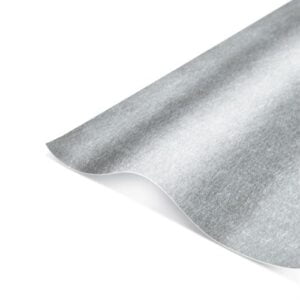
White Non Woven Drainage Membrane (300gsm) – Custom Sizes
Applicable to biology, physics and chemistry, cosmetics, health care products, food, reagents and other experimental fields. It is an experimental equipment for liquid mixing and stirring. Product concept design novel, advanced manufacturing technology, low speed operation torque output, continuous use of good performance.
Electric Stirrer,Constant speed electric stirrer,Speed measuring electric stirrer
Zenith Lab (Jiangsu) Co.,Ltd , https://www.zenithlabo.com